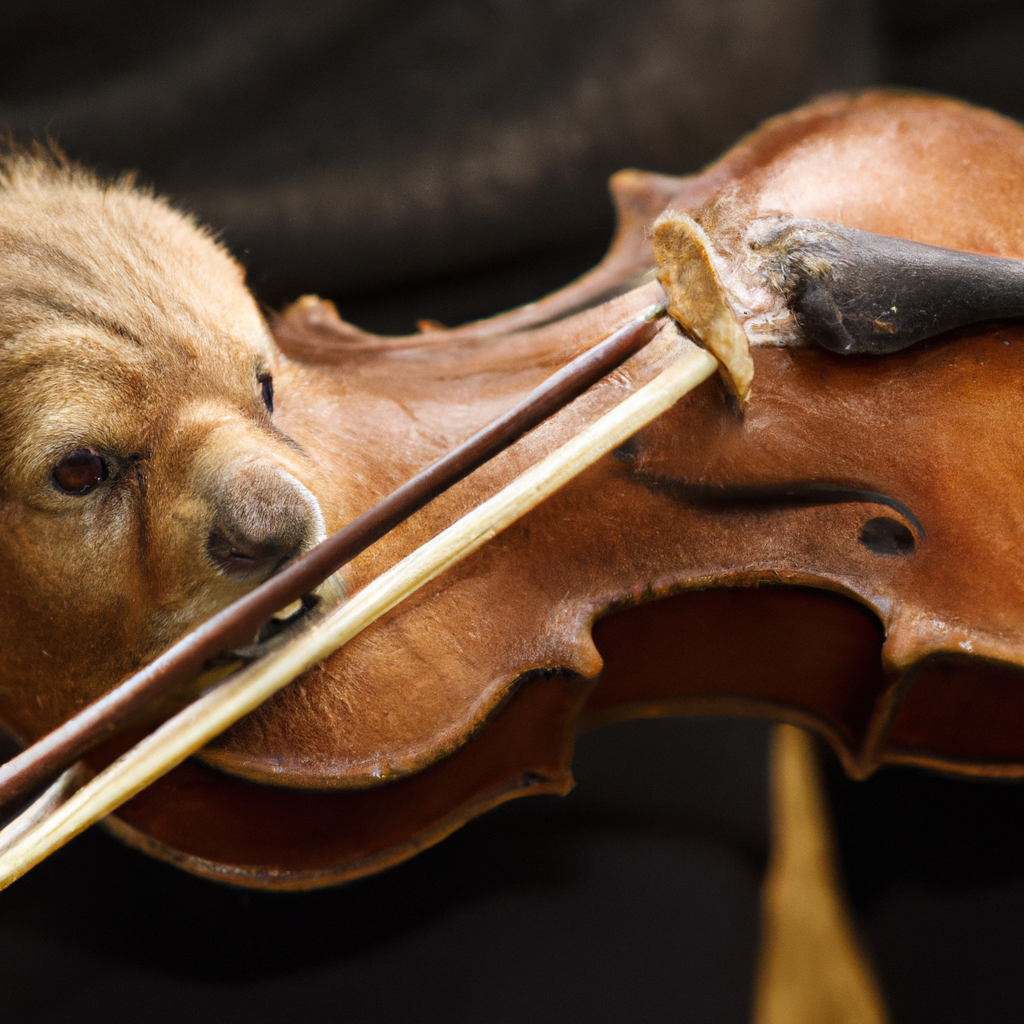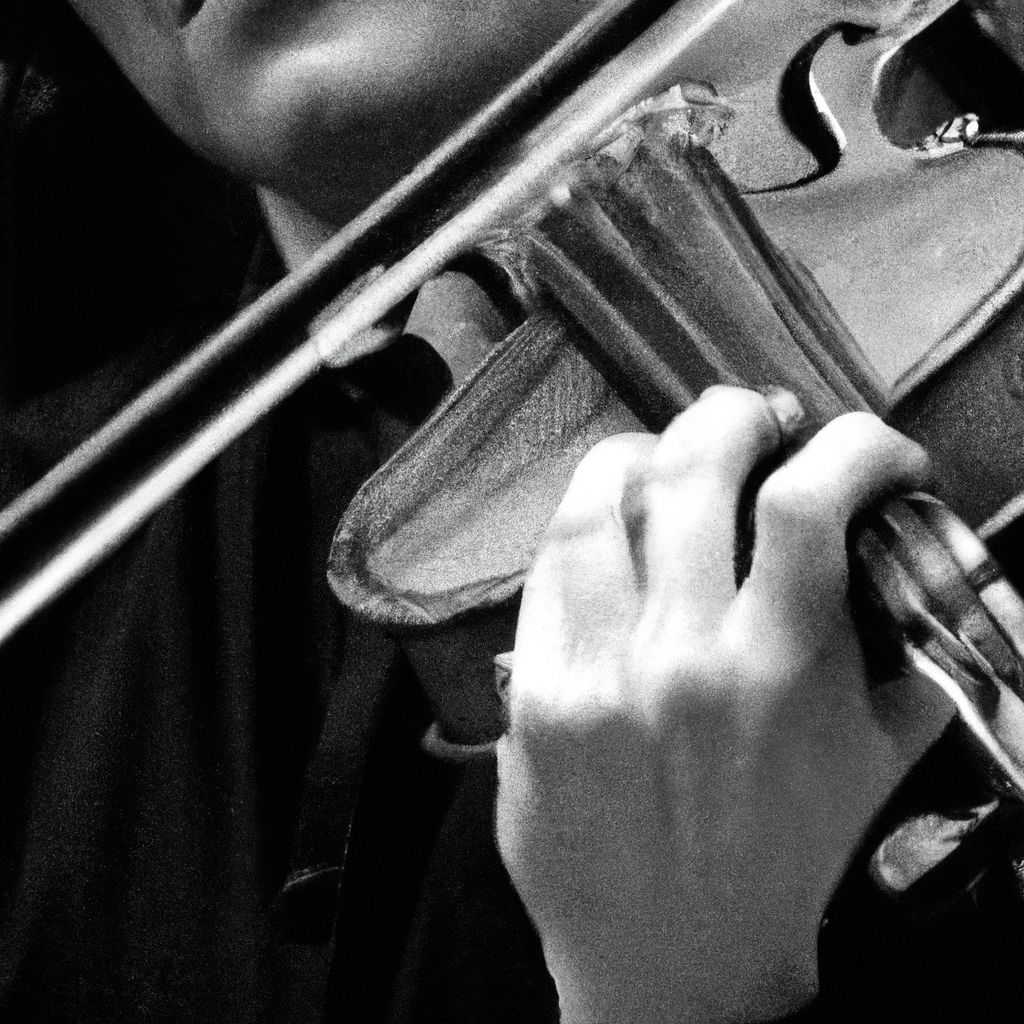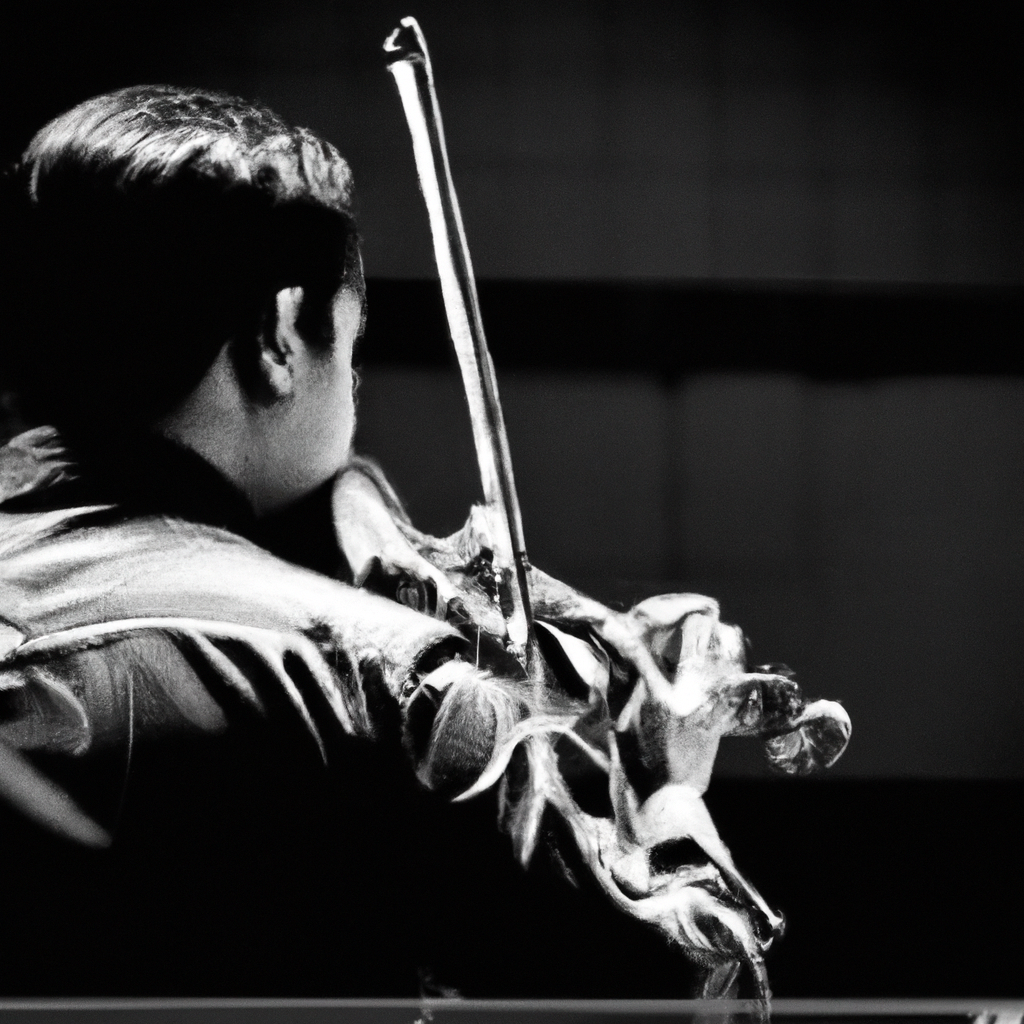
Playing the violin requires not only mastery of the instrument itself, but also the techniques used to produce beautiful sound. Among these techniques, bowing plays a crucial role in shaping the tone and expression of the music. In this article, we will explore the fundamental aspects of violin bow techniques and how they contribute to the overall performance.

Many musicians would agree that bowing techniques are as important as fingering and intonation when it comes to playing the violin. Proper bowing techniques allow the player to control the sound, dynamics, and articulation, resulting in a more expressive and polished performance. Without the mastery of bowing techniques, even the most skilled violinist may struggle to produce a desirable sound.

It is through the bow that the violinist's emotions and musical ideas are conveyed to the audience. The bow enables the player to create a wide range of tones, from smooth and legato to crisp and staccato. Therefore, understanding and practicing proper bowing techniques is essential for any violinist who wishes to achieve a high level of musicality.

Before diving into advanced bowing techniques, it is crucial to establish a solid foundation by mastering the basic techniques. Here are some key aspects of basic bowing techniques:

The first step to mastering bowing techniques is to hold the bow correctly. The bow should be held with a relaxed hand, with the thumb and pinky finger providing support while the other fingers gently grip the bow. This proper grip allows for flexibility and control over the bow strokes.
Knowing the different parts of the bow is essential for proper technique execution. The bow consists of the frog, the shaft, and the tip. Each part serves a specific function, and understanding their roles will help in achieving the desired sound and articulation.
Having the correct bow grip and pressure is crucial for producing a good sound. The bow should be held with a balanced grip, applying enough pressure to maintain contact with the strings without pressing too hard. Finding the right balance between pressure and grip allows for control over dynamics and tone quality.
In violin playing, there are two primary bowing directions: the down bow and the up bow. Each direction has its characteristics and requires different techniques to achieve the desired sound. Here are some key points to consider:
The down bow refers to the motion of the bow from frog to tip, while the up bow refers to the motion from tip to frog. Each direction has its challenges and requires specific techniques to maintain a smooth and consistent sound. Proper execution of these bowing directions is crucial for achieving a balanced and even sound.
Playing on individual strings requires precision and control. Each string produces a different tone and requires specific bowing techniques to bring out its unique characteristics. By practicing bowing on individual strings, violinists can develop a better understanding of how to produce a balanced and consistent sound across all strings.
Various musical styles require different bowing techniques to achieve the desired expression. Legato, staccato, and spiccato are some of the common techniques used in different musical genres. Understanding and practicing these techniques will help violinists adapt to various musical styles and enhance their overall musicality.
Controlling the speed and pressure of the bow is crucial for achieving different dynamics and tone qualities. Here are some key points to consider when it comes to bow speed and pressure:
The speed of the bow stroke is directly linked to the dynamics of the music. Faster bow strokes produce louder sounds, while slower bow strokes result in softer sounds. Mastering control over the bow speed allows the violinist to accurately convey the dynamics intended by the composer.
The pressure applied to the bow determines the tone quality produced. More pressure creates a fuller and louder sound, while less pressure produces a softer and lighter sound. Being able to adjust the bow pressure allows the violinist to create a wide range of tonal variations and expressiveness.
Consistency and smoothness in bowing strokes are important for achieving a polished sound. Bow strokes should be even and controlled, without any sudden changes in speed or pressure. Practicing bowing exercises that focus on maintaining consistency will improve overall technique and sound quality.
The contact point refers to the area of the string where the bow makes contact. Proper bow placement and contact point are essential for achieving the desired tone and articulation. Here are some key aspects to consider:
The contact point is the specific spot on the string where the bow makes contact. Different contact points produce different tone qualities. Bowing closer to the bridge yields a brighter and more focused sound, while bowing closer to the fingerboard produces a softer and mellower sound.
Proper bow placement on the strings is crucial for achieving the desired sound. The bow can be placed near the bridge, in the middle, or close to the fingerboard, allowing for different tonal effects. Understanding how bow placement affects the sound will help violinists create the desired tone quality.
By utilizing different contact points, violinists can achieve various effects and articulations. For example, bowing closer to the bridge can produce a harsh and biting sound, which is suitable for certain musical passages. Conversely, bowing closer to the fingerboard creates a more lyrical and expressive sound.
Articulation refers to how notes are played and connected to each other. Different articulations require specific bowing techniques to achieve clarity and precision. Here are some key aspects of bowing articulations:
Slurs, accents, and martelé are among the various articulations that violinists encounter. Slurs involve playing multiple notes in the same bow direction, while accents involve emphasizing a particular note. Martelé, on the other hand, involves a distinct and accented attack on the string. Mastering these articulations will enhance the expressiveness of the violin playing.
String crossings can be challenging, especially when playing complex passages. To achieve clean and seamless string crossings, violinists need to practice proper bow distribution and ensure that the bow stays parallel to the bridge. By mastering techniques for clean string crossings, violinists can produce a fluid and uninterrupted sound.
Regular practice of bowing exercises specifically designed to improve articulation skills is essential for violinists. These exercises focus on various bowing techniques and articulations, helping to develop precision, control, and coordination. Consistent practice of these exercises will lead to increased mastery of bowing techniques.
Bowing techniques play a significant role in expressing emotions and musical phrasing. Here are some key points to consider for achieving expressiveness:
Vibrato is a technique used to enhance expression and add richness to the sound. The right combination of bowing techniques and vibrato can create a distinct and emotive sound. Proper coordination between the bowing arm and the vibrato hand is crucial for achieving a balanced and controlled vibrato.
Bowing techniques, such as dynamics and bow changes, are essential for shaping musical phrases and expressing the intended emotions in the music. Understanding how to use these techniques to achieve phrasing and expression will add depth and nuance to the violin performance.
Bowing variations, such as bow speed, pressure, and placement, can be utilized to create different dynamics and tonal colors. These variations allow the violinist to highlight certain musical passages and convey the intended emotions effectively. Experimenting with different bowing variations will expand the range of expression in violin playing.
Even with proper instruction and practice, violinists may encounter common bowing problems. Here are some of these problems along with their possible solutions:
Poor bow control can result in an uneven and inconsistent sound. To address this issue, it is important to focus on practicing bowing exercises that enhance control and precision. Additionally, paying attention to the grip, pressure, and speed of the bow strokes can significantly improve bow control.
Bow bouncing or skidding occurs when the bow loses contact with the strings, leading to an undesirable sound. To overcome this problem, it is essential to practice a relaxed bow grip, maintain consistent bow pressure, and pay attention to the angle of the bow in relation to the strings. Regular practice with a focus on smooth and controlled bow strokes will minimize bow bouncing or skidding.
Bowing noise and excessive friction can be caused by various factors, including incorrect bow grip and excessive pressure. To reduce bowing noise and friction, it is crucial to ensure a relaxed hand position, maintain an appropriate amount of bow pressure, and use rosin effectively. Regular cleaning and maintenance of the bow hair also contribute to reducing friction and unwanted noise.
Here are some frequently asked questions about violin bow techniques:
The time required to master bowing techniques varies depending on individual practice habits, dedication, and natural ability. Consistent practice, under the guidance of a qualified teacher, is essential for mastering bowing techniques. With regular and focused practice, significant progress can be made within a few years.
While certain bowing techniques are applicable across styles, different genres of music may require specific bowing techniques to achieve the desired expression. It is important for violinists to be adaptable and open to learning different bowing techniques to suit various musical genres.
If the bow hair becomes damaged or worn out, it is advisable to seek the assistance of a professional violin luthier or bow maker for rehairing. Regular maintenance and care, such as cleaning and rosining the bow, can help prolong the lifespan of the bow hair.
In conclusion, mastering violin bow techniques is essential for any violinist who aspires to produce a beautiful and expressive sound. Understanding the importance of proper bowing techniques, such as holding the bow correctly, bowing directions, bow speed and pressure, bow placement, and articulations, is crucial for achieving a high level of musicality. Regular practice, under the guidance of a qualified teacher, is the key to mastering these techniques. With consistent dedication and practice, violinists can unlock the full potential of their instrument and deliver captivating performances.
If you are interested in learning more about violin bow techniques or renting a high-quality violin, please visit our website: https://bannhacflamenco.net/cho-thue-ban-nhac/luom-lat-tin-do-day/.%20小提琴弓技巧.